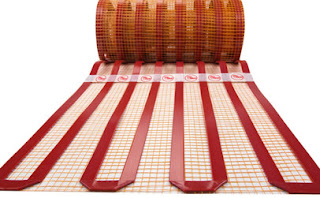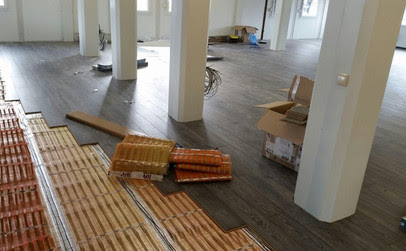Radiant Floor Heating - Across the Space From The Bottom Up With RFH Setup

Radiant floor heating is a thermal system that generates and distributes heat beneath a home's flooring. Heat climbs from the ground towards the ceiling, heating the remainder of the building. This seems to be a relatively old notion — wood-burning fires were fanned beneath raised marble flooring throughout ancient Rome, and this sort of heating could be traced back to the Middle Ages. How did Radiant Floor Heating Collaborate? It's a chilly morning, with outside bedroom windows, snow is falling. It may be difficult to drag yourself away from your descending comforter, and yet your daytime glass of joe isn't continuing to create itself. Radiant floor heating You get out of the mattress and step onto a heated hardwood floor, barefoot. Heated ceramic flooring greets you as you enter the bathroom. It appears that you are reaping the advantages of an infrared floor heating mat. Installing electrically heated coils and water-heated ducting beneath your apartment's...


